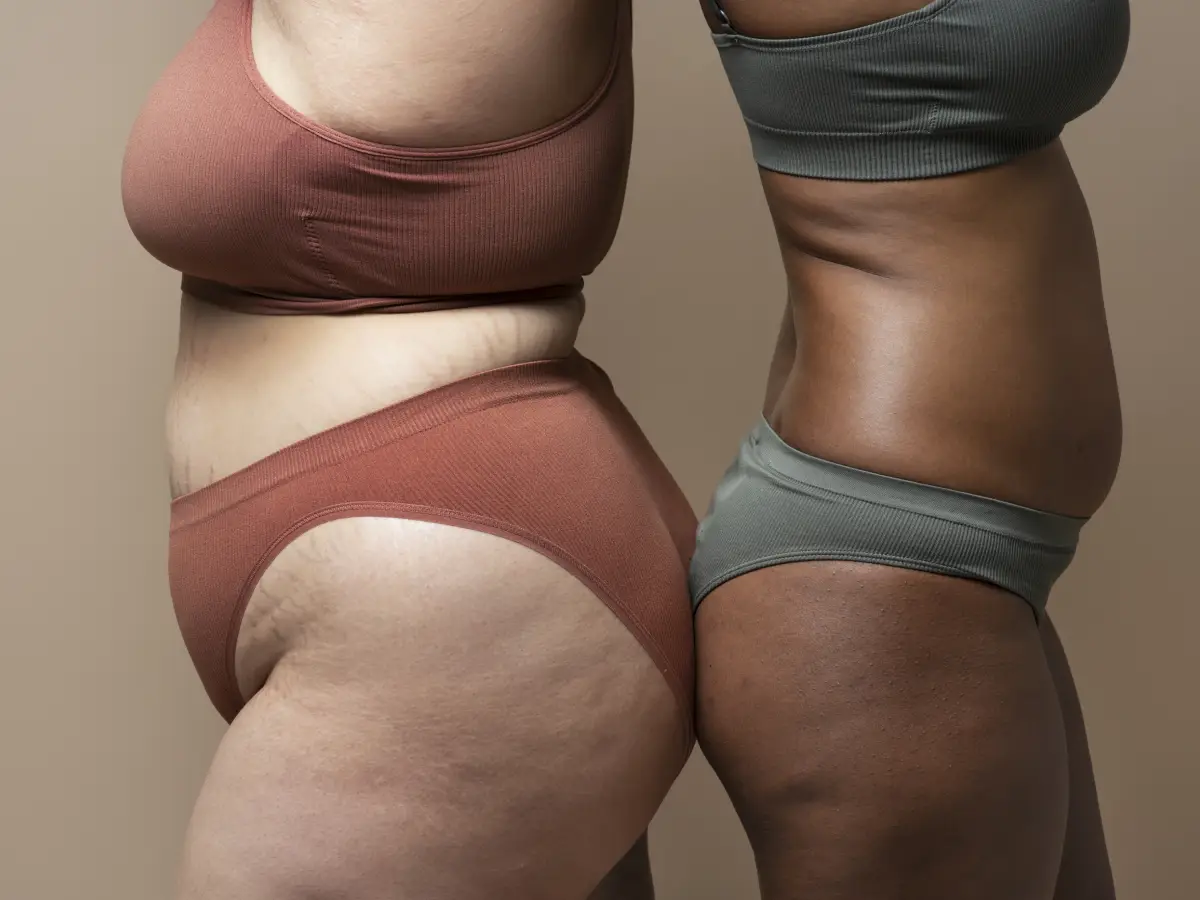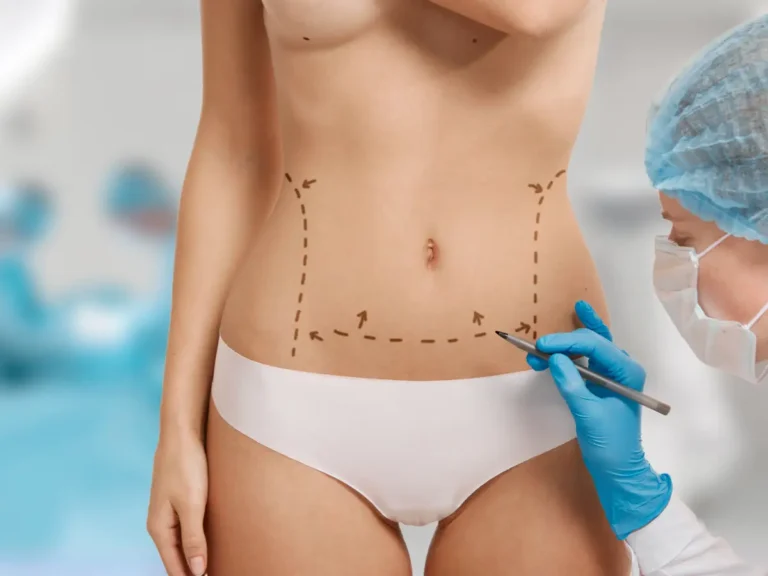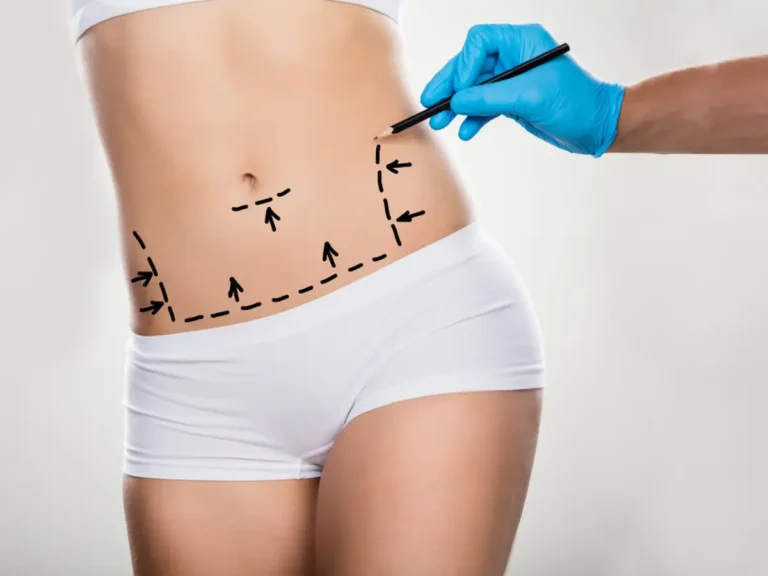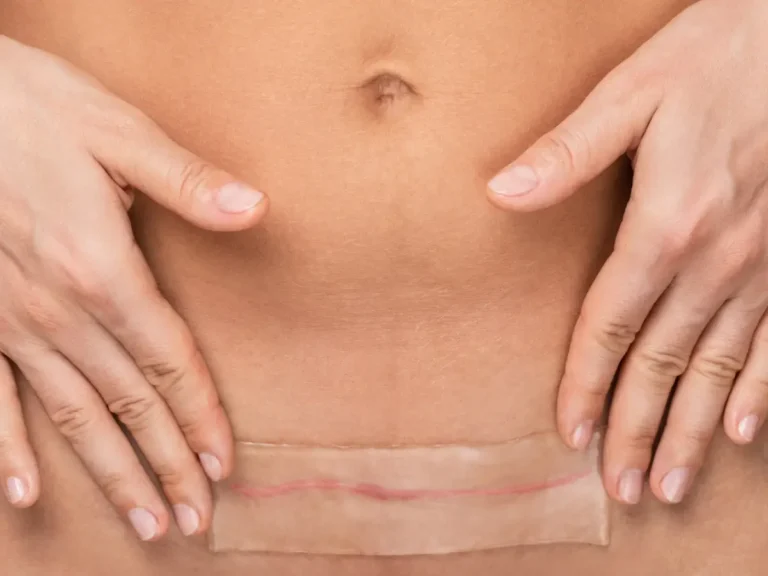Losing significant amounts of weight is a crucial step in maintaining your overall health and well-being. Not only can it reduce your risk of many health conditions, but it can also boost your self-esteem and happiness.
After working hard or having children, many people develop loose skin and stubborn fat in their lower abdominal area. This condition can be treated with one of two corrective surgeries: panniculectomy vs tummy tuck.
Get a free consultation with experts.
Learn about the key differences between a lipectomy and a tummy tuck, including costs, benefits, and recovery. Find out which surgery is best for your needs.

What Are the Key Differences Between Panniculectomy and Tummy Tuck?
Liposuction and tummy tuck are performed on the same body part for similar purposes, but they differ in some ways. Liposuction is performed to address health problems caused by adipose tissue, an area of excess skin in the lower abdomen that can form after severe weight loss.
Tummy tucks are typically performed for cosmetic purposes after pregnancy or less significant weight loss and involve removing a smaller amount of skin or fat.
Ideal candidates for panniculectomy are those who have a large amount of sagging, uncomfortable skin and fat below the genital area. This condition usually occurs as a result of significant weight loss in a short period of time, either due to lifestyle changes or weight loss surgery.
Ideal candidates for panniculectomy are those who want to remove unwanted body fat and excess skin from the abdomen, regardless of the cause.
The ideal candidate for both procedures should:
- Have significant sagging skin in the lower abdomen.
- Be in good overall health.
- Have a stable weight for at least 4 months.
- Non-smoker or able to quit smoking for one month before and after the procedure.
A full tummy tuck scar runs horizontally across the abdomen from hip bone to hip bone; for a mini tummy tuck, the scar is typically 3 to 6 inches long and is similar in location and size to a cesarean section scar.
Recovery from a panniculectomy is more extensive and lengthier than a tummy tuck. Most lipectomy surgeries are performed as outpatient procedures, however, you may need to stay overnight depending on the extent of the removal.
What Is a Panniculectomy?
A panniculectomy is a surgical procedure to remove excess fatty tissue from the lower abdomen. People who have recently lost a lot of weight can have their sagging skin removed with this cosmetic procedure.
But unlike a tummy tuck, a panniculectomy does not tighten the abdominal muscles for a more contoured appearance, making it not a cosmetic procedure.
A qualified plastic surgeon performs a panniculectomy. It can take up to five hours. During the surgery, an anesthesiologist will give you general anesthesia to put you to sleep. The surgeon will then make two incisions, the length of which depends on how much skin needs to be removed.
Through these small incisions, the surgeon removes excess fat and sagging skin. The remaining skin and tissue are then pulled together and closed with stitches, and the incision areas are taped shut.

What Is a Tummy Tuck (Abdominoplasty)?
A tummy tuck is an effective procedure to flatten a sagging abdomen by removing excess fat and loose skin. In some cases, it can also tighten weak abdominal muscles. The end result is a noticeably flatter, smoother, firmer and more toned abdomen.
You Might Also Be Interested In: Tummy Tuck Surgery in Turkey
First, a large incision is made across the lower abdomen. Through this incision, the skin is separated from the abdominal wall below the navel, excess abdominal skin is trimmed, and excess fat is removed. The incision is then closed with stitches.
A tummy tuck can be partial or complete, depending on the amount of excess skin and fat present. During a full tummy tuck, the navel may need to be moved. Drainage tubes are placed in the incision to drain excess fluid after surgery.
Panniculectomy for Functional Improvement vs Tummy Tuck for Aesthetics
Panniculectomy is a technically challenging procedure that aims to treat complications associated with diseased fatty tissue. It aims to improve the patient’s health and mobility in preparation for a weight loss program and/or bariatric surgery.
Read more: Male Tummy Tuck
A tummy tuck involves removing excess fat and stretched, sagging abdominal skin. The rectus abdominis muscles that have been weakened and separated due to pregnancy or weight gain are tightened, restoring the body to a more youthful and fit appearance.
Cost Comparison of Panniculectomy and Tummy Tuck
A panniculectomy in Turkey typically costs between $2,500-$5,500, while in other countries it may range from $8,000 to $15,000. This procedure focuses solely on removing excess abdominal skin and fat for medical reasons.
In contrast, a tummy tuck (abdominoplasty) ranges from $3,000-$5,500 in Turkey and $5,000 to $11,000 elsewhere.
Tummy tucks include additional aesthetic benefits like muscle tightening and contouring. If a patient chooses a tummy tuck, they may have to pay all expenses out-of-pocket due to its cosmetic and optional nature.
While a panniculectomy is generally more extensive and therefore more expensive in most countries, both procedures are significantly more affordable in Turkey.
Can You Combine a Panniculectomy and Tummy Tuck?
Panniculectomy is a body-shaping procedure that removes loose, sagging skin from the abdomen and surrounding areas. It can be performed alone or combined with a tummy tuck procedure.
These two procedures can be done together, and often after losing 100 pounds, insurance will cover the removal of the layer of skin below the abdomen.
It is best to visit a board-certified plastic surgeon for an evaluation and consultation where they can discuss the possibility of covering the panniculectomy and the additional cost of the tummy tuck, which is not covered.
Risks and Benefits of Panniculectomy vs Tummy Tuck
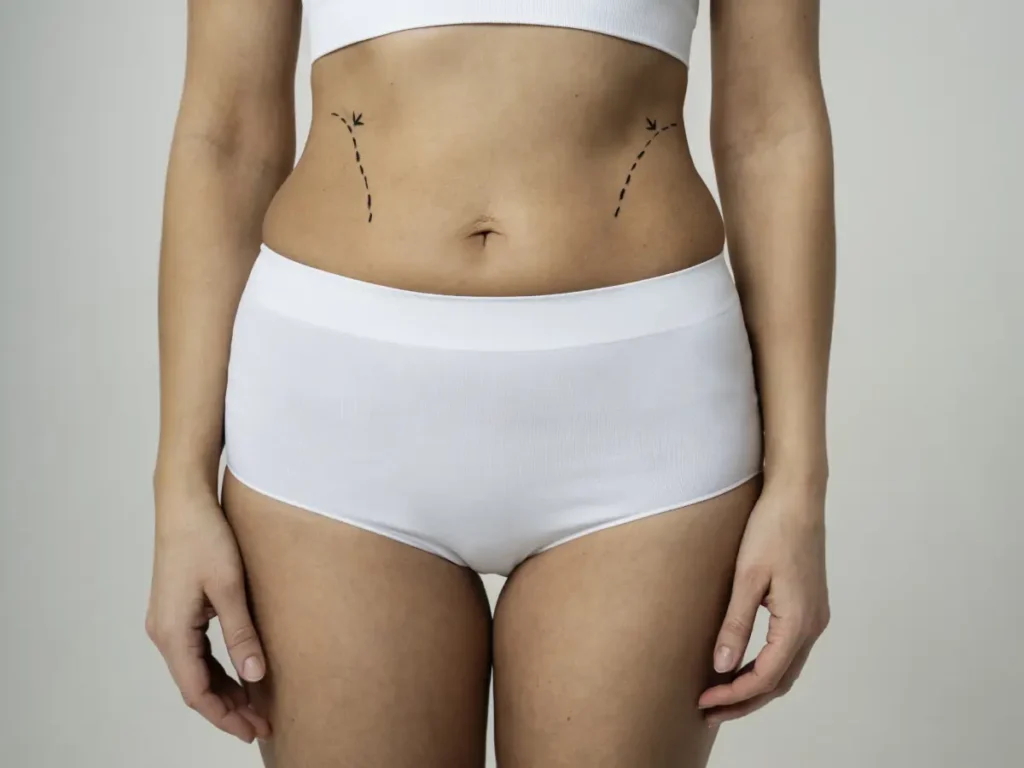
Benefits of panniculectomy:
- Increased self-confidence and self-esteem.
- Improved mobility allowing for more physical activity.
- Removing skin folds reduces the build-up of moisture and bacteria, reducing the risk of infection.
Risks of panniculectomy:
- Bleeding
- Infection
- Scarring
- Complications of anesthesia: such as allergic reactions or respiratory problems.
Benefits of Tummy Tuck:
- Removal of excess skin in the abdomen.
- Getting rid of stretch marks.
- Creating a flatter, tighter abdomen and a narrower waist and waistline.
- Increased self-confidence that comes with an improved abdominal shape.
- Permanent results with a healthy lifestyle.
Risks of Tummy Tuck:
- Seroma
- Hematoma
- Scarring
- Slow wound healing
- Changes in skin sensation
Get a free consultation
The Medconsulto team provides the highest level of patient care and adheres to the strictest and most comprehensive safety and health protocols.
If you are suffering from uncomfortable sagging skin and would like to try a panniculectomy, we are available for a private consultation to discuss the surgical procedure to help you achieve a more toned and attractive body. You can also learn more about panniculectomy vs tummy tuck.
Faq:
Can I get both panniculectomy and tummy tuck at the same time?
Yes, some people choose to have a liposuction and tummy tuck together.
What is the average cost of a panniculectomy?
The cost can range from $8,000 to $15,000, plus anesthesia and other additional costs.
Does health insurance cover tummy tucks?
Insurance companies typically consider tummy tucks to be cosmetic procedures, which means they will not cover a tummy tuck.
How long does it take to recover from both procedures?
A panniculectomy is a more extensive surgical procedure than a tummy tuck, and therefore takes longer to recover from. A tummy tuck typically takes 4 to 6 weeks to fully heal, while a panniculectomy can take up to 4 months. Both procedures can boost your confidence and improve your quality of life.
What’s the difference between a mini tummy tuck and a full tummy tuck?
Although a full tummy tuck can beautifully repair muscles and provide significant skin tightening in the upper and lower abdomen, it also requires a longer incision. Mini tummy tucks offer a shorter incision but are more suitable for patients who need less correction.

